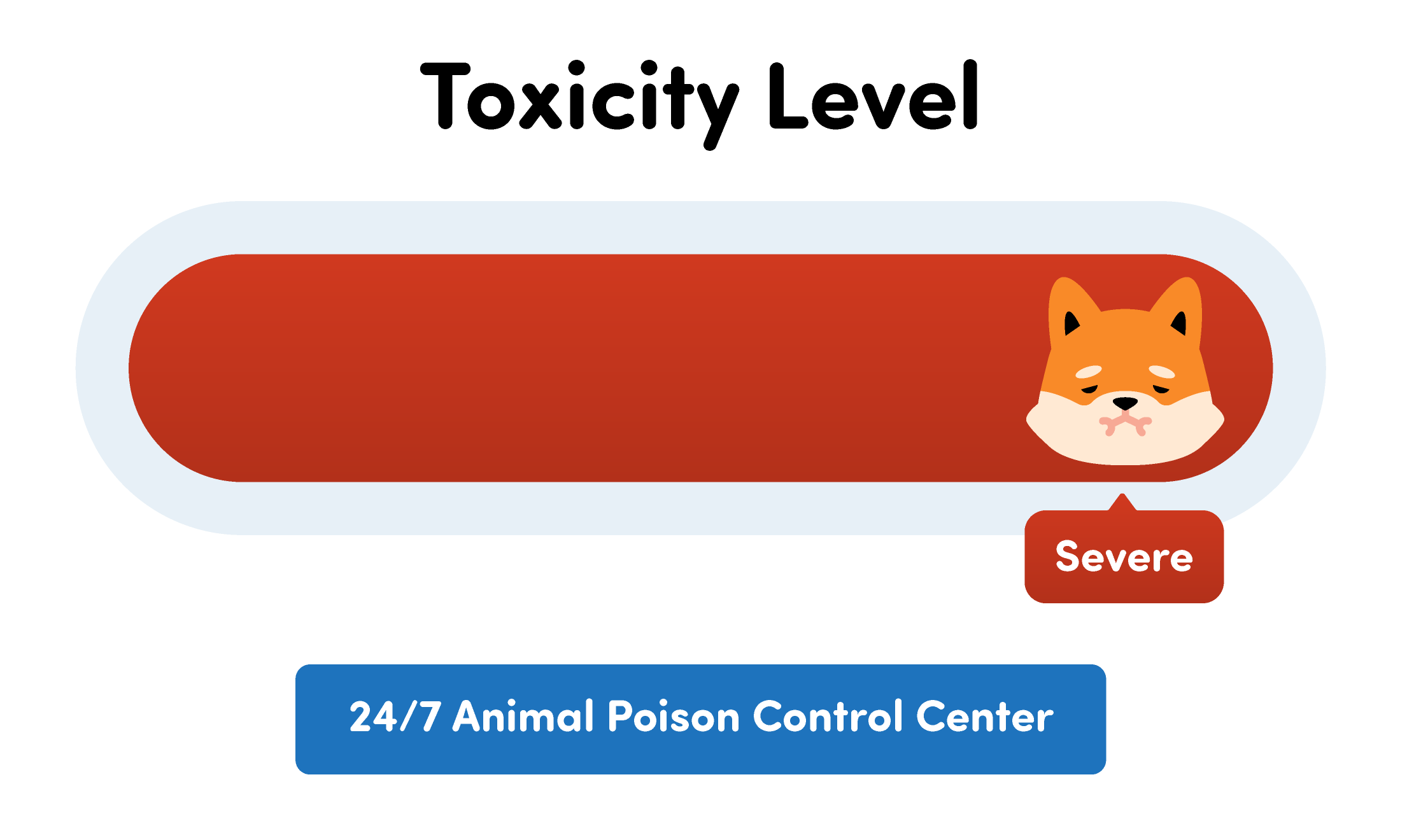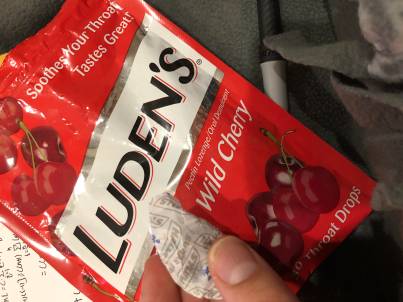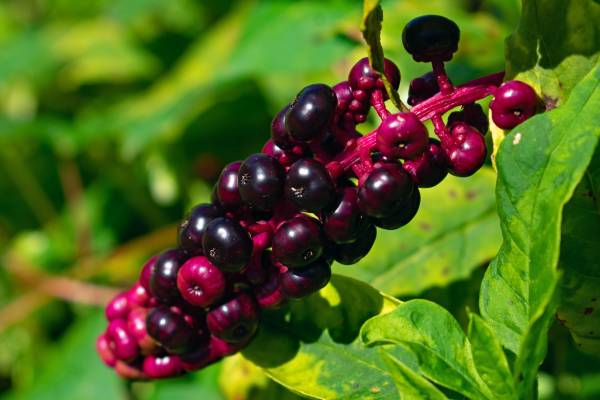Being a pet parent to a dog, you don’t often think of your dog as eating flowers. However, dogs do occasionally eat flowers in the yard or even in the house! One such flower is the hydrangea. What happens if a dog eats hydrangeas?
Connect with a verified veterinarian in minutes. Licensed vets are available 24/7 to answer your questions. No need to worry about your furry family member.
Has your dog eaten hydrangea? Are you worried the hydrangea will make your dog sick? If so, then you’ve come to the right place. We understand it’s scary when your dog eats something he shouldn’t.
In this article, we’ll take a look at hydrangeas and whether or not they can make a dog sick. Let’s get started!
What are Hydrangeas?
Hydrangeas are plants that typically bloom in the spring and summer. They can be a shrub but are also sometimes used as ornamental houseplants inside. They’re very popular as hydrangeas are very easy to grow and can grow pretty quickly!
Another reason hydrangeas are so popular is because they have large, showy blooms. The flowers are usually bunched together in a sphere and come in a wide range of bright colors.
While hydrangeas are beautiful, what happens if a dog eats a hydrangea?
Hydrangeas & Dogs
Unfortunately, beautiful hydrangea flowers are toxic to dogs. If a dog eats any part of the hydrangea plant, he can be poisoned. In addition, all varieties of hydrangeas are poisonous to dogs.
The plant contains a toxin called cyanogenic glycosides. Scientists believe this substance is used to help protect the plant from insects and more.

Review symptoms, medications & behavior to keep your pets healthy with a Vet Online in just minutes.
Ask a Vet Live NowSymptoms of Hydrangea Toxicity in Dogs
You may notice these symptoms if your dog has eaten a hydrangea:
- Diarrhea
- Lack of appetite
- Vomiting
- Lethargy
- Depression
- Increase in heart rate
- Increased body temperature
Treatment of Hydrangea Toxicity in Dogs
At the vet’s, they will perform a complete physical exam of your dog. This will include lab work and other tests. Because hydrangeas can cause the heart rate to increase, the vet will monitor your dog’s heart rate. They may also order an ECG to see whether or not the heart has been damaged by the toxin.
Treatment will depend on your dog’s symptoms and may include an IV with fluids to prevent dehydration. The symptoms will be treated as they appear. It’s possible your canine companion will need to be hospitalized until he’s stable.
With hydrangea toxicity, it’s urgent to seek the vet right away. This is toxin can cause serious health issues in your dog, even death. Dogs who eat hydrangea and see the vet ASAP have a higher chance of making a complete recovery!
Connect with a verified veterinarian in minutes. Licensed vets are available 24/7 to answer your questions. No need to worry about your furry family member.

Kim
Kim is a talented author, who loves animals especially dogs. She engaged in writing books and articles relating to animals a decade ago. Kim resides in Chicago with her husband and son. The family is the proud owner of a dog and a parrot (Jack and Lily). Kim wanted more than these two pets, but her husband put his foot down... She often visits elementary schools to talk to the kids about what she learned about pets and how they could learn from them.
Review symptoms, medications & behavior to keep your pets healthy with a Vet Online in just minutes.
Ask a Vet Live Now




